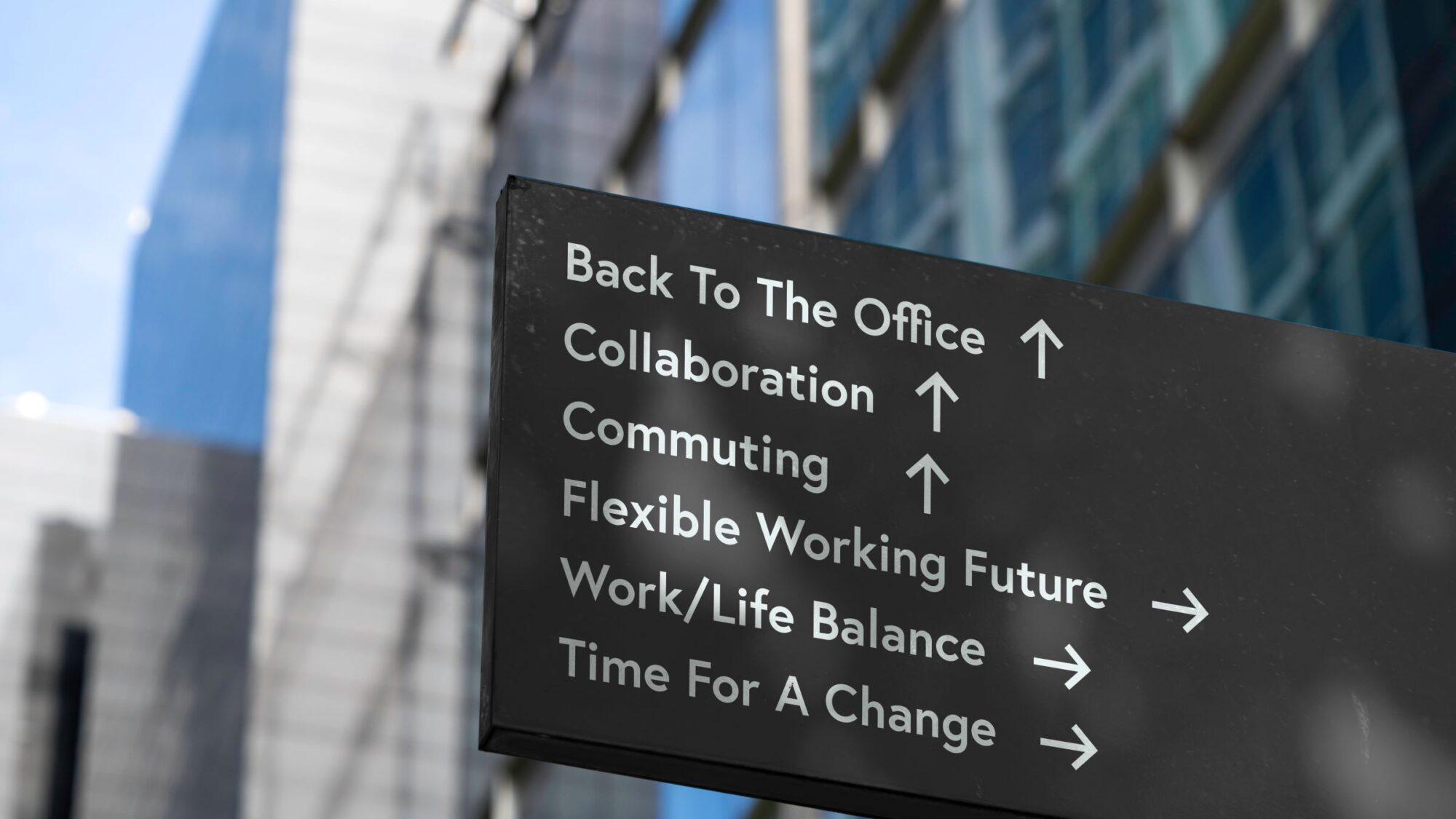The City of London is still eerily quiet. I hear office-based workers interviewed in the media saying, ‘We’re not returning until October, or the New Year,’ or ‘We’ve let the office lease go and are all staying at home,’ or ‘We’re planning to hot desk in co-working spaces next year.’
Leisure centres and gyms are just reopening. The hospitality industry is slowly waking up. Museums and art galleries have opened their doors. High street retail is still on its knees. Large music venues, conference and exhibition centres have been pressing for clarity. Worryingly, many organisations are facing fundamental threats to their existence. For many cleaning contractors, that means we are still seeking certainty about required staffing levels through August, September, October and beyond.
Of course, we are used to a challenge in the cleaning industry. And yet, trying to work out what is best for our staff and our finances against a backdrop of tapering furlough, increased contributions, and then the chancellor’s £1000 loyalty bonus, is a bit like taking aim at a target, only to see it move just when you were about the pull the trigger. It does not make for confident planning!
In the absence of revenue from clients who either cannot pay or will not pay, contractors are in the unenviable position of deciding whether to top up furlough to the tune of 10% in September and 20% in October (to which you can further add NIC and pension contributions), or reluctantly pay redundancy, with a promise that they will re-employ staff if and when buildings re-open. This is still predominantly an issue for private sector contracts, but that is nearly half the industry. The fact is that some contractors have already burrowed deep into their cash reserves to keep management and back-office teams going whilst business has continued at low levels. Somewhere along the line decisions will have to be made as to when furlough, in its tapering form, is not sustainable.
So, when the Chancellor announced his lifebelt of a £1000 bonus, incentivising firms to keep staff on until 31 January, reaction was mixed. On the one hand it will mean security for staff and valuable funds for contractors whose client income is due to resume. For others, however, it may mean becoming a hostage to fortune, hoping that when February comes, the numbers add up positively. It does not help, of course, that staff who are paid below the monthly threshold will not qualify – further evidence of low paid staff being disproportionately affected. Who knows what November will bring? Will the impending end of furlough be the bolt of lightning that jolts the world of work back into some semblance of normality? So much of the answer depends on if and when we see that second spike and how everyday workers, consumers and employers react to it, especially if vaccines and antiviral drugs are not yet available.
One thing is for sure, nothing in cleaning is certain right now. As if they have not been working hard enough for four months as it is, all leave for finance, HR and admin staff is cancelled until further notice, whilst we get through this unprecedented period for the industry.
Published in August issue of Cleaning & Maintenance.
